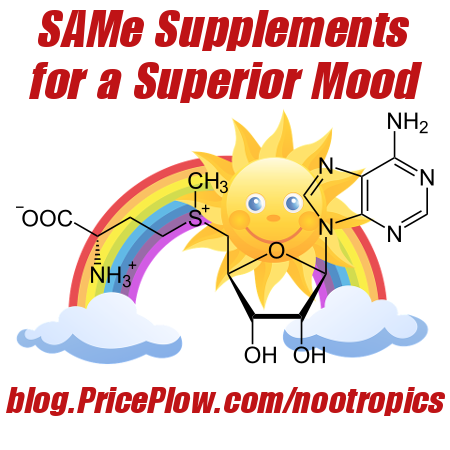
The SAMe Supplement (S-Adenosyl Methionine) is a naturally occurring nootropic that enhances brain function, combats depression, and even supports liver health.
Are you feeling alone? Do you find yourself not enjoying the things you used to? Is your life nothing but an endless stream of stress, frustration, and depression? Well, then we may have found the solution for you!
No, this isn't the beginning of some late night television commercial advertising a testosterone booster or pharmaceutical prescription for depression. We're here to talk about an all-natural compound present in your own body that may be the fix you need to improve mood and cognition all at the SAMe time.
We're talking about S-Adenosyl Methionine, a nootropic that might be the key to ending depression and the declining mental function associated with it. It's pricey, but to many, it's a Godsend.
Warning on Serotonin Supplements
We must emphatically state not to mix this with prescription drugs – especially stimulatory ones, antidepressants, or MAO inhibitors. Combining such an ingredient with a pharmaceutical drug could have disastrous results.
No statements on this page have been approved by the FDA, and you must always get your physician's written consent that you have a clean bill of health before using any such supplement, especially if you have a mood disorder.
SAMe – Deals and Price Drop Alerts
Get Price Alerts
No spam, no scams.
Disclosure: PricePlow relies on pricing from stores with which we have a business relationship. We work hard to keep pricing current, but you may find a better offer.
Posts are sponsored in part by the retailers and/or brands listed on this page.
What is SAM-e?
S-Adenosyl Methionine (SAMe) is a naturally-occurring chemical in the body made from methionine that regulates several important functions in cells. It's also sold as a dietary supplement and can be found under several of other names including:
- S-adenosyl L-methionine
- S-adenosylmethionine
- SAMe
- SAM-e
- Ademetionine
- SAM
- AdoMet
SAMe was discovered in 1952[1] and after first caught the attention of researchers when abnormal levels of the compound were documented in patients diagnosed with depression and liver disease. This inevitably led researchers to test if treating patients with SAMe might be useful, and indeed it was. Following decades of research SAMe has found extensive use as a treatment for all sorts of things including dementia, liver disease, osteoarthritis, vacuolar myelopathy, and most notably, depression.
How Does SAMe Work?
SAMe is a simply methionine bonded to a molecule of adenosine triphosphate (ATP). It's found every living cell of the body, where it functions as a methyl donor, taking part in over 100 different reactions.[2,3] Basically, SAMe floats around the body donating methyl groups where they're needed, acting as a metabolic "maintenance man" by preserving or accelerating various reactions in the body.
But that's not all, SAMe also serves as a precursor molecule to the transulfuration pathway, which supports glutathione (an important antioxidant) synthesis, as well as the aminopropylation pathway, which leads to the synthesis of polyamines (organic compounds composed of two or more amino groups). As we mentioned up top, deficiencies of SAMe can lead to depression and a boatload of other ailments including osteoporosis, liver disease, etc.
Benefits of SAM-e?
-
Combats Depression
The most common reason SAMe is used if for its antidepressant properties. Depression is affecting adults more frequently these days, and standard treatment methods are oftentimes inadequate or ineffective.[5]
However, several studies have found the nootropic to have a significant positive effect on mild to moderate depressive symptoms, and what's really important to note, is that SAMe produces these therapeutic effects without the typical unpleasant side effects commonly experienced with antidepressants, such as headaches and sexual dysfunction.[4,6,7] Moreover, SAMe also has a faster onset than some commonly prescribed antidepressants and can be tolerated by subjects in higher doses.[4,5]
-
Enhances Brain Function
Research has documented that SAMe levels in cerebrospinal fluid (CSF) are significantly lower patients battling severe depression, Alzheimer's, and dementia.[8] In fact, some studies show that mice raised with vitamins B6 and B12 deficiencies exhibited notable characteristics of Alzheimer's.[9]
SAMe is linked to vitamin B12 energy production as well as the folate cycle, which provide vital methyl groups needed for SAMe-mediate methylation reactions.[8] Treatment with SAMe has been shown to increase CSF SAMe as well as mood and brain function.[8] Additionally, SAMe inhibits accelerated progression of Alzheimer's features and improves spatial memory.[9]
Perhaps most interesting, a recent 2016 study noted that SAMe may play a neuroprotective role in the body by increasing Brain-Derived Neurotrophic Factor (BDNF) expression, making it a potential treatment for Alzheimer's.[10]
-
Treats Liver Disease
If you've been living the "hard life" in terms of cramming all sorts of potentially hazardous chemicals into your body (i.e. alcohol, NSAIDs, exogenous anabolics, etc.), SAMe might help your liver get back to normal operation.
Studies using SAMe have documented that it helps restore liver function in light of chronic liver diseases such as nonalcoholic steatohepatitis, cholestasis, alcoholic cirrhosis, and nonalcoholic cirrhosis.[11-13] Moreover, SAMe reduces liver dysfunction in humans previously battling cirrhosis brought on by alcohol consumption.[12]
Additionally, SAMe can prevent/reverse liver toxicity brought on by liver-taxing drugs such as acetaminophen (Tylenol) or steroids.[12]
-
Improve Joint Health
Osteoarthritis is the most common form of arthritis around the world; it's brought on by excessive cartilage breakdown and characterized by pain, stiffness, swelling, and reduced range of motion. Human testing with SAMe demonstrates is relieves joint discomfort induced by osteoarthritis.[14] That trial did not that SAMe had a slower onset than other medications (nabumetone) tested, but there was no real difference in pain tolerance between the groups.
Additionally, numerous other studies conducted on SAMe and its effects on osteoarthritis found it comparable to NSAIDs (ibuprofen, celecoxib, naproxen).[15-19] It's also important to note that researchers found SAMe to be as effective as NSAIDs in treating osteoarthritis, but WITHOUT the adverse side effects usually attributed to high NSAID use.
-
Reduces Symptoms of Fibromyalgia
Fibromyalgia (fibrositis) is a painful, non-inflammatory condition of the musculoskeletal system. That incessant pain is also accompanied by stiffness, fatigue, and disrupted sleep. In vivo and in vitro studies on patients with fibromyalgia have found that administration of SAMe reduced stiffness, decreased fatigue, and improved overall well-being .[20-22]
Fibromyalgia is also known to bring about symptoms of Sjögren's Syndrome, an autoimmune inflammatory disease affecting the mouth and eye glands.[23] SAMe supplementation has been shown to reduce the number of tender/painful areas as well as improves mood.[24]
How Much? SAMe Supplement Dosage

Effects of SAM on the expression of BDNF exon mRNAs and protein in the hippocampus of rats undergoing chronic cerebrovascular hypoperfusion. A q-PCR analysis of BDNF mRNAs 90 days after SAM treatment. B Western blot analysis of BDNF. The data, normalized to β-actin, are shown as mean ± SD (n = 3–6). *P <0.05, **P <0.01 vs sham group; # P <0.05, ## P <0.01 vs 2-VO group.[10]
S-adenosylmethionine supplementation ranges between amounts of 600-1,200mg range spread throughout the day. It's typically divided into 200-400mg doses and taken with meals.
For improving liver function or symptoms of osteoarthritis, they 1,200mg per day use is recommended. If you're looking to beat the blues and combat depression, SAMe doses typically fall in the 200-400mg/day range for 15-20 days.
Note that if you're using SAMe for osteoarthritis, it's going to take a few weeks of use (minimum 4 weeks most likely) for the joint relief benefits to show.
Stacking
Since so few people seem to have used this powerful supplement, we actually think it's a great idea to use it "alone" at first, and by alone, we mean along with Vitamins B6, B12, and folic acid. The easiest way is to supplement a solid B-Complex vitamin when dosing SAMe, but make sure it's a formula containing folic acid (Vitamin B9).
The reason for this is that if you don't have enough folate or Vitamin B12 available in your body, the SAMe methylation process breaks down, which can result in brain fog, impaired memory and recall, pain, and even depression.[25]
However to stack SAMe, it depends on your goals:
-
For anxiety reduction / mood elevation
Bacopa is a perennial flowering plant frequently used for its mood-enhancing qualities, but it's also an incredibly powerful nootropic for learning and memory. The molecule shown is Bacoside-A, which we explore in detail below.
Bacopa, Gotu Kola, Rhodiola and/or L-Theanine are all great options as these compounds help promote relaxation and improve the body's ability to handle all sorts of stress.
Another great option could be L-Tyrosine, which improves dopamine levels in the body, which targets the brain's pleasure centers, thereby improving your sense of happiness and contentment.
One product to rule them all: Genius Joy!
Of course, rather than mixing and matching all of these yourself, you could just as easily use Genius Joy (see below) which contains several of these ingredients to heighten mood, improve sense of well-being, and combat the blues.
-
For Focus
If using SAMe for its cognitive enhancing purposes, it may serve you well to combine it alongside a solid dose of L-Tyrosine + Choline + Lion's Mane to promote enhanced focus, memory recall, and brain health.
Toxicity / Side Effects
SAMe is generally without severe adverse side effects. Mild ones that have occurred from time to time include nausea and GI upset.
As for long-term safety, that might be up in the air, as the human trials conducted on SAMe have all been relatively short, and involved smaller test groups. However, a human trial carried out over a 2 year period documented no significant side effects from the use of SAMe.[26]
That being said, if you are currently on any other medications for treating depression, bipolar disorder, etc. CHECK WITH YOUR PHYSICIAN before looking into ANY supplement! This is not one to mess with on your own, especially if you're on prescription drugs!
SAMe Half Life
Oral SAMe achieves peak plasma concentrations (0.5 – 1 mg/L) 3 to 5 hours after ingestion of an enteric-coated tablet (400 – 1000 mg). The half-life is about 100 minutes, and it is excreted in urine and feces.[17]
Note that in the above quoted text, the researchers of this double-blinded study are actually citing another text,[27] but it is not open access so we do not have the half-life data available to public -- you'll just need to take their citation's word for it.
Best SAMe Supplement
-
Genius Joy
Genius Joy is a combination of nootropic and mood enhancing ingredients designed to alleviate stress and beat the blues.
The Genius Brand has been one of the leaders in bringing nootropics to the mainstream with their extensive use of the smart drugs across their entire line of supplements, including everything from pre workouts to fat burners. Well, the brand that is helping you to "supplement smarter" is bringing a massive mood-boosting dose of SAMe in Genius Joy.
This mood enhancing supplement packs a whopping 1,000mg SAMe in every full serving (i.e. 4 caps), which means you get 250mg SAMe per capsule. Along with SAMe, you'll get plenty of other supplements to improve mood and reduce anxiety, including rhodiola, theanine, and ginseng. You'll also get the full dose of NeuroFactor to further increase levels of BDNF, thereby heightening brain function and memory.
The Genius Brand Genius Joy – Deals and Price Drop Alerts
Get Price Alerts
No spam, no scams.
Disclosure: PricePlow relies on pricing from stores with which we have a business relationship. We work hard to keep pricing current, but you may find a better offer.
Posts are sponsored in part by the retailers and/or brands listed on this page.
-
Single-ingredient SAMe Supplements
If you just want to try the ingredient solo, see PricePlow's SAMe page, where you can compare prices and sign up for price alerts on the SAMe supplements listed.
You can also see some products in the widget below.
Conclusion: Not the SAMe Old Mood Supplement
If something's missing from your life, and the typical run of stimulants aren't getting the job, maybe this is what your brain's looking for.
S-adenosylmethionine is an incredibly powerful compound in the body that impacts everything from mood to liver function and even joint mobility. Lacking in this essential compound can spell certain doom for your quality of life on multiple fronts, making the "same old, same old" feel incredibly taxing and daunting. However, supplementing with some extra SAMe might be what you need to feel better, move better, and think better each and every day.
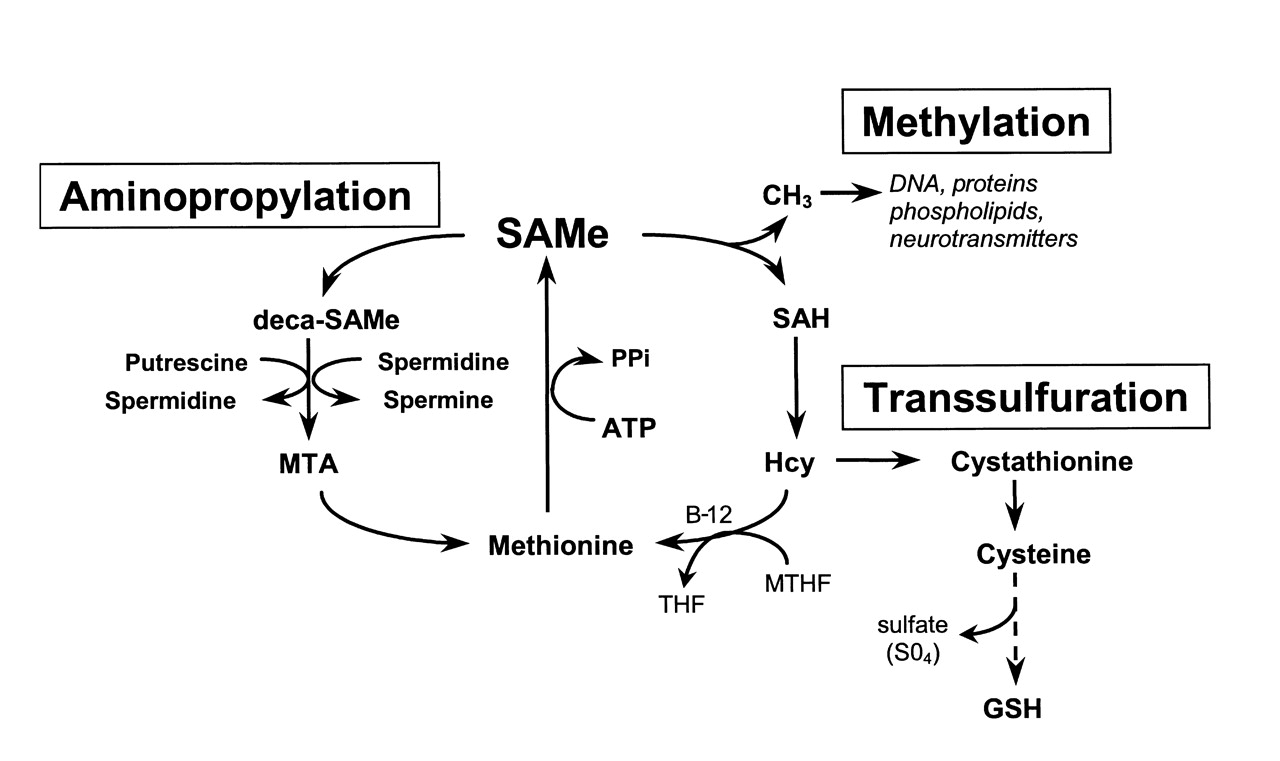
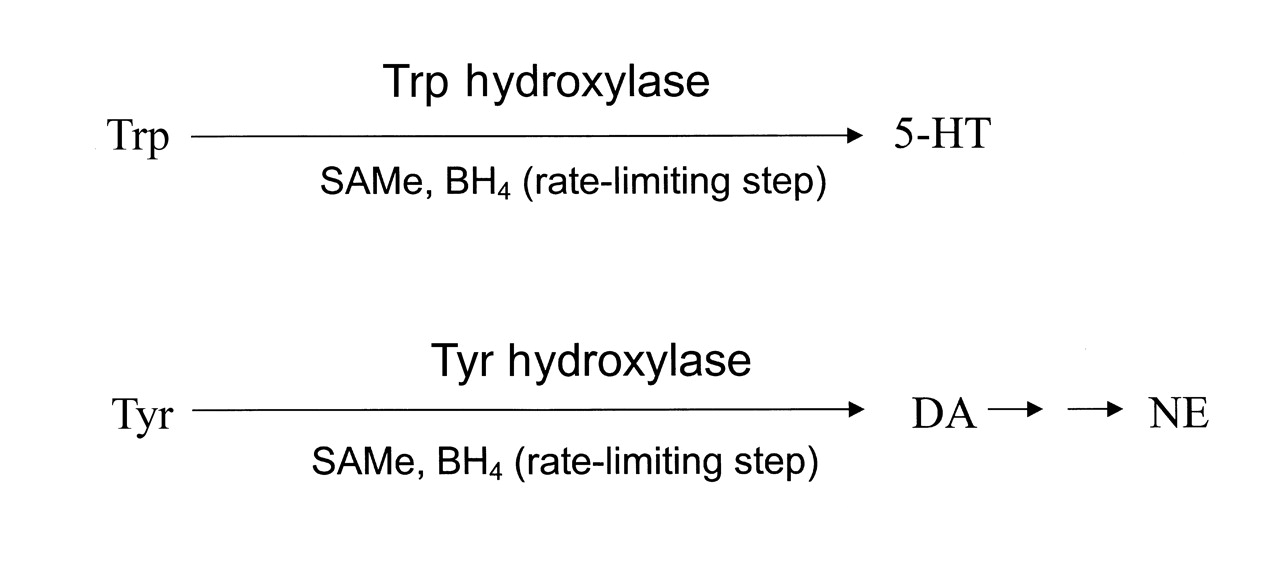
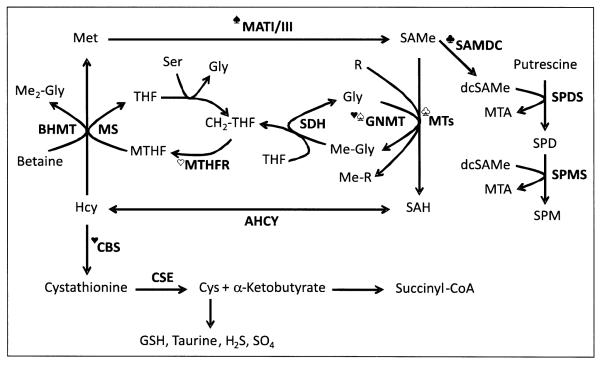
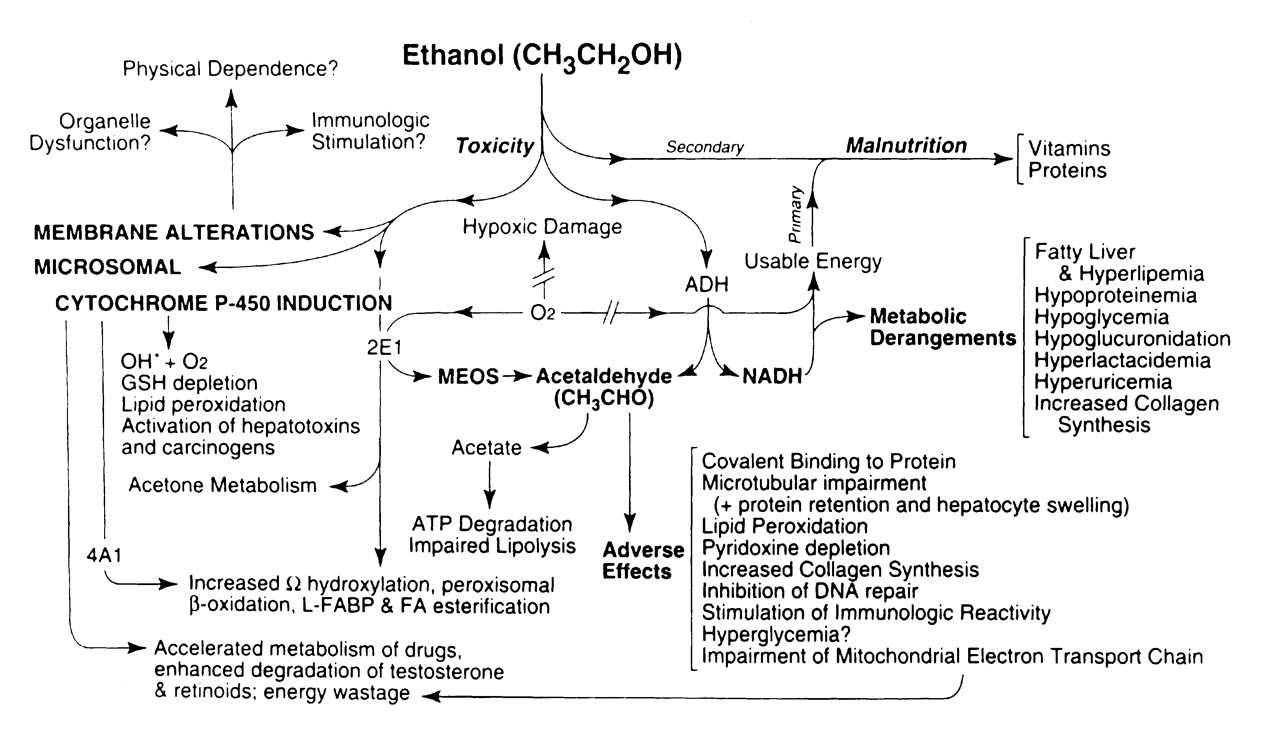
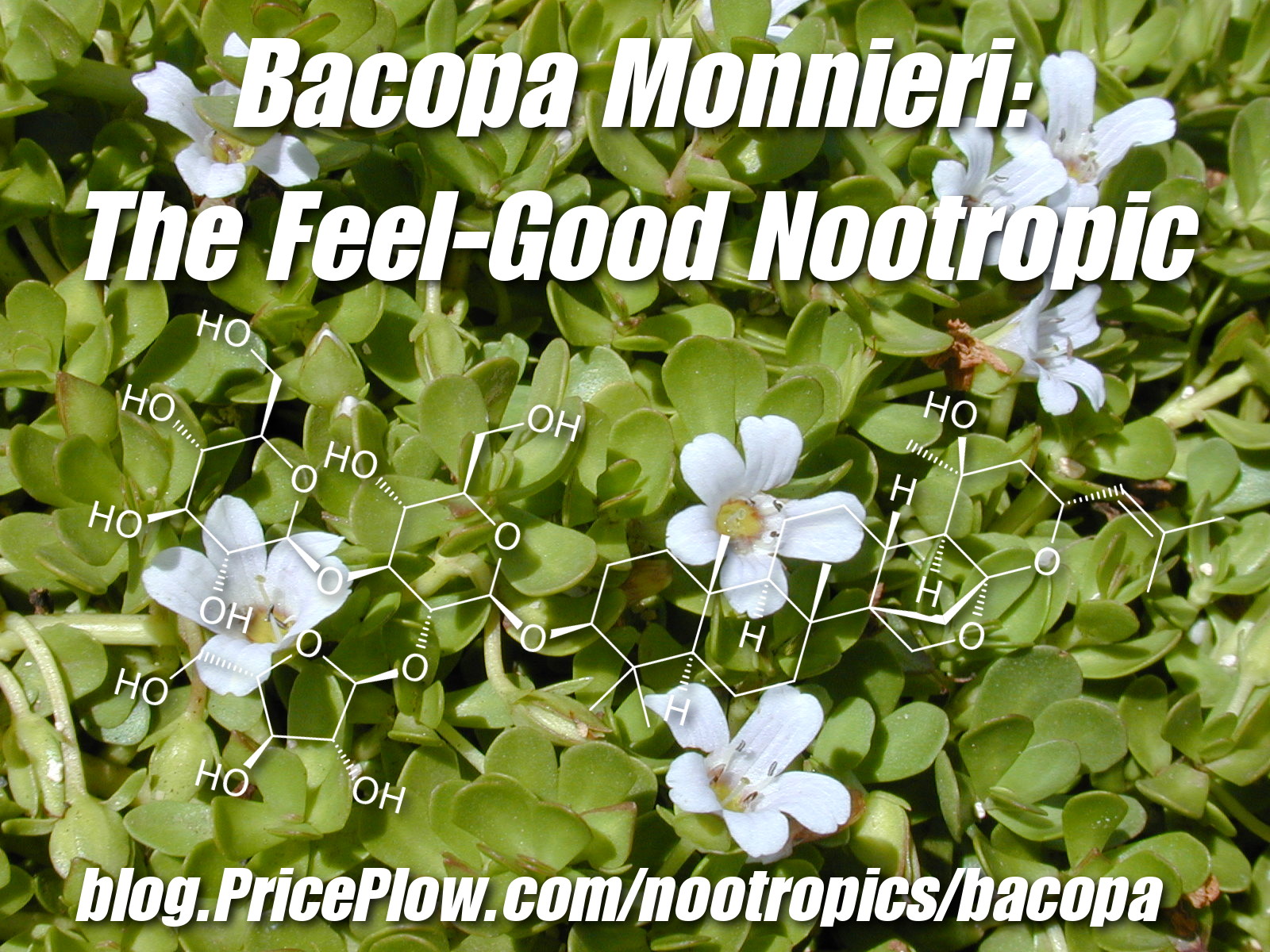
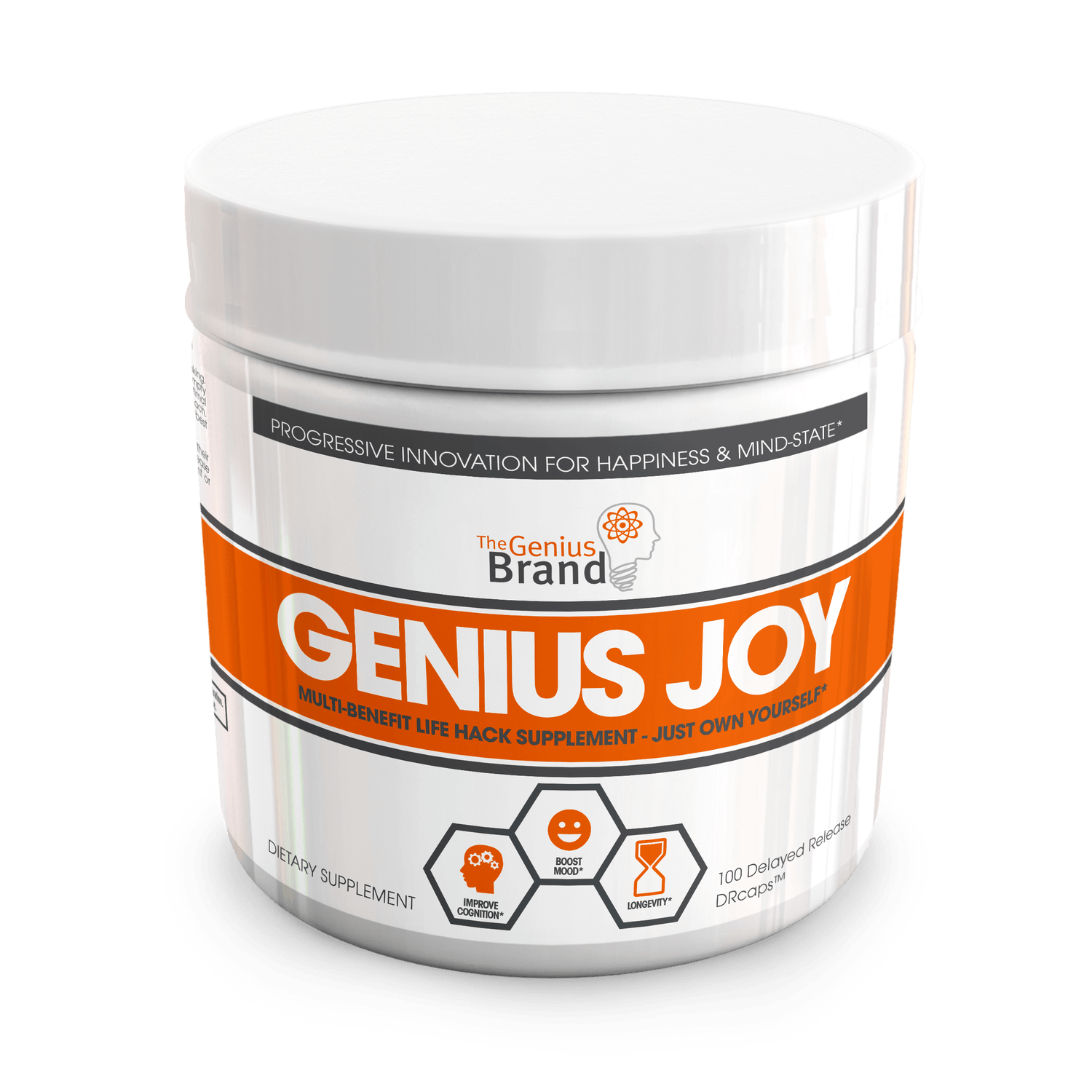


Comments and Discussion (Powered by the PricePlow Forum)